Landforms
Landforms are natural features of the earth's surface. They are created by various geological processes such as erosion, deposition, volcanic activity, and tectonic movements. Landforms can be found on the continents, as well as under the ocean. They come in a variety of shapes and sizes, and each landform has its own unique characteristics and formation process.
Types of Landforms
There are several types of landforms, each with its own distinct characteristics. Some of the major types of landforms include:
- Mountains: Large landforms that rise above the surrounding land, typically with steep slopes and a peak.
- Valleys: Low-lying areas between mountains or hills, often with rivers or streams flowing through them.
- Plateaus: Flat, elevated landforms with steep sides.
- Plains: Broad, flat areas of land that are generally lower in elevation.
- Deserts: Dry, arid areas with little vegetation, often characterized by sand dunes and rock formations.
- Canyons: Deep, narrow valleys with steep sides, often formed by the erosion of rivers.
- Islands: Landforms surrounded by water, either in rivers, lakes, or oceans.
- Peninsulas: Landforms that are surrounded by water on three sides.
Formation of Landforms
Landforms are created through a variety of geological processes. Some of the main processes responsible for the formation of landforms include:
- Erosion: The wearing away of the earth's surface by wind, water, or ice.
- Deposition: The process of sediment being laid down in new locations.
- Volcanic Activity: The eruption of magma onto the earth's surface, creating new landforms such as mountains and islands.
- Tectonic Movements: The shifting of the earth's crust, leading to the formation of mountains, valleys, and other landforms.
Study Guide
Here are some key points to remember when studying landforms:
- What are the main types of landforms?
- How are landforms created?
- What geological processes are responsible for the formation of landforms?
- What are the characteristics of different types of landforms?
- How do landforms impact the environment and human activities?
By understanding the different types of landforms and the processes that create them, you can gain a deeper appreciation for the diverse and dynamic nature of the earth's surface.
[Landforms] Related Worksheets and Study Guides:
.◂Science Worksheets and Study Guides Sixth Grade. Fishes, Amphibians, and Reptiles

 Activity Lesson
Activity Lesson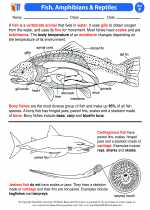
 Worksheet/Answer key
Worksheet/Answer key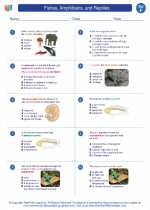
 Worksheet/Answer key
Worksheet/Answer key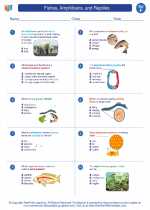
 Worksheet/Answer key
Worksheet/Answer key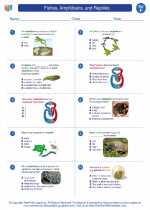
 Worksheet/Answer key
Worksheet/Answer key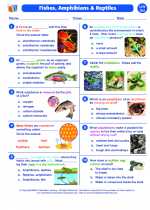
 Vocabulary/Answer key
Vocabulary/Answer key
 Vocabulary/Answer key
Vocabulary/Answer key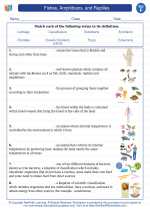
 Vocabulary/Answer key
Vocabulary/Answer key
 Vocabulary/Answer key
Vocabulary/Answer key
 Vocabulary/Answer key
Vocabulary/Answer key
